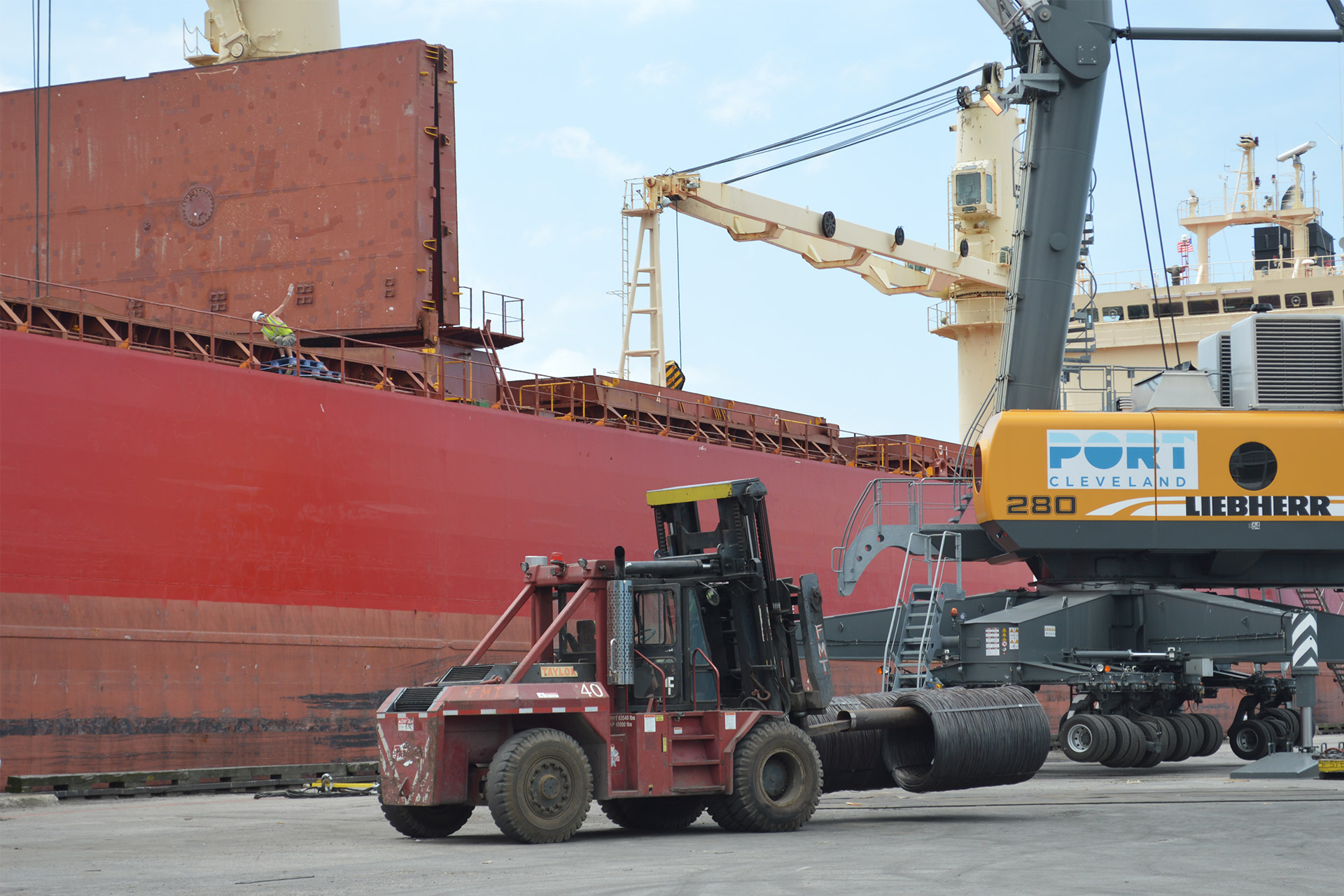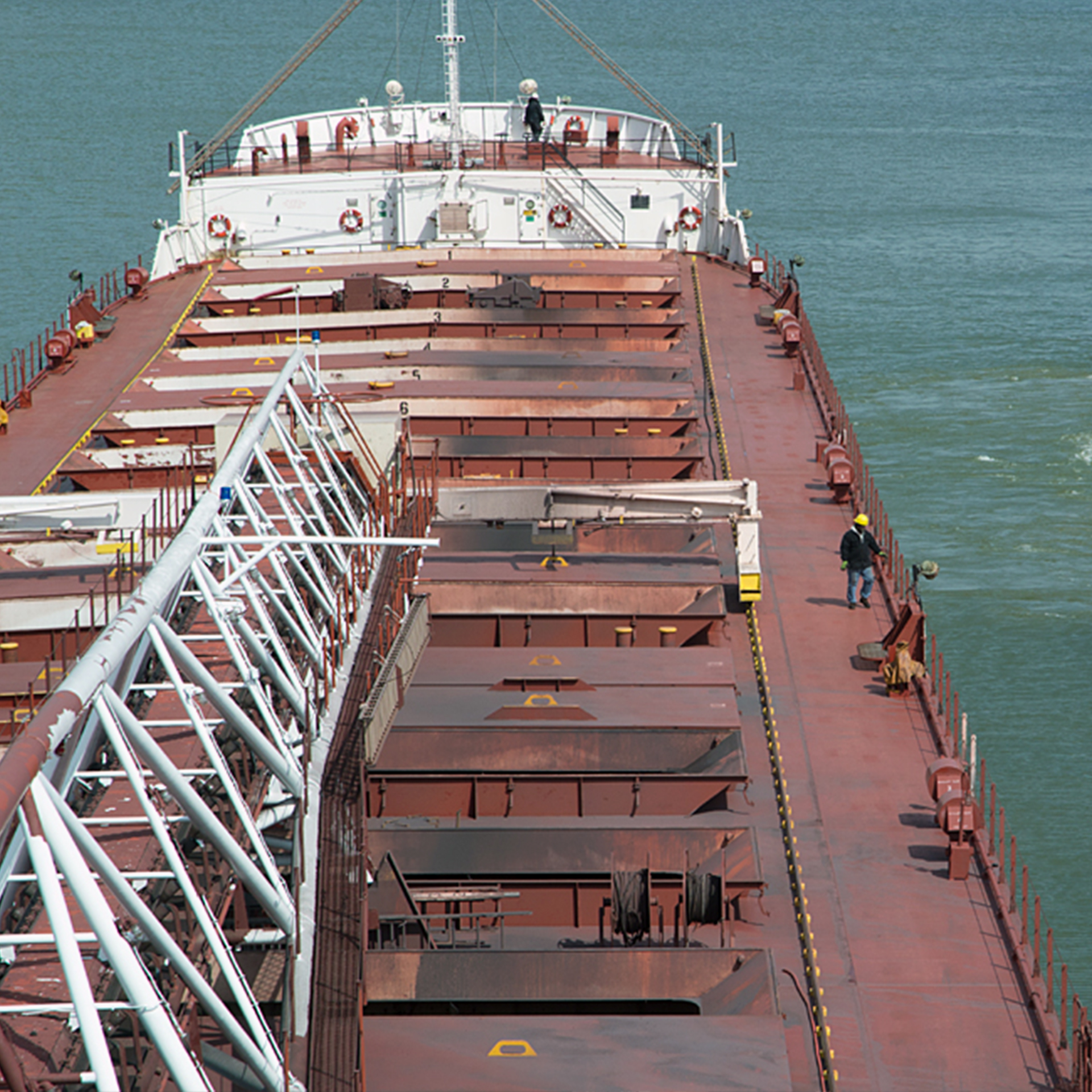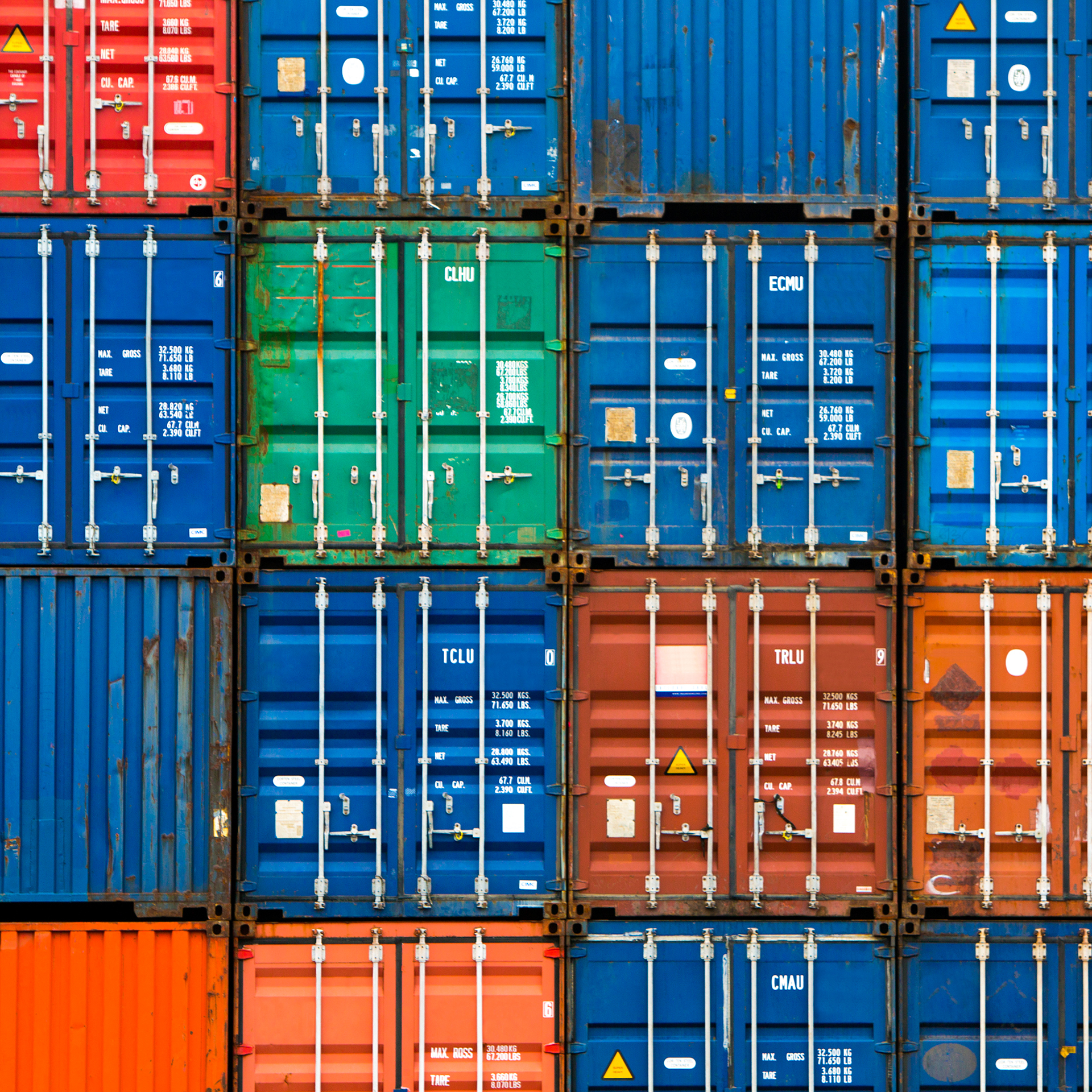Great Lakes-Saint Lawrence Seaway
Great Lakes-Saint Lawrence Seaway Shipping Supports 237,868 Jobs
The Great Lakes-Saint Lawrence Seaway system serves a dynamic economic region that includes eight U.S. states and two Canadian provinces. If the region were a country, it would have the 3rd largest economy in the world with a GDP of $6 trillion – larger than that of Japan, Germany, Brazil, or the United Kingdom. Home to 107 million people and accounting for almost 40 percent of the total cross-border trade between the U.S. and Canada, the region is truly “North America’s Opportunity Belt.”
Great Lakes-Saint Lawrence Seaway shipping is a foundation of this vibrant economy. More than 160 million metric tons of commercial cargo are transported on the waterway each year, providing low-cost and efficient transportation for the region’s manufacturing, mining, agriculture and energy sectors.


Great Lakes-Saint Lawrence Seaway Shipping is Environmentally Smart
The Great Lakes and St. Lawrence River are precious, shared resources. Not only are they a marine highway, they are also a source of drinking water for millions of people, and a delicate ecosystem supporting diverse habitat and wildlife.
Great Lakes vessel operators, ports and terminals are all working to reduce their environmental footprint to help ensure that the Great Lakes and St. Lawrence River remain healthy for future generations.
The Port of Cleveland is committed to conducting its operations in a sustainable manner and has been a Green Marine participant since 2007. Green Marine is an environmental certification program for the North American marine industry dedicated to advancing environmental excellence.”
Great Lakes-Saint Lawrence Seaway Shipping is the Safest Way to Move Cargo
Great Lakes-Saint Lawrence Seaway shipping has an outstanding safety record. Compared to other modes of surface transportation, marine shipping is least disruptive to the general public, has fewer accidents, and fewer workplace injuries. Our outstanding safety record is the consequence of a pervasive safety culture, well trained and licensed workforce, robust regulatory oversight, and the use of advanced navigation technology. As evidence, a 2014 study of 69,960 voyages between 2002-2011 showed that 98.9 percent were accident free. Of these, 100 percent were fatality free.

